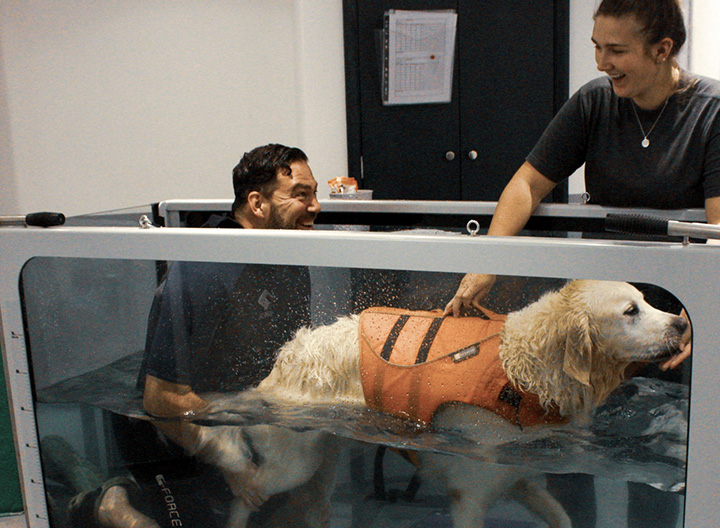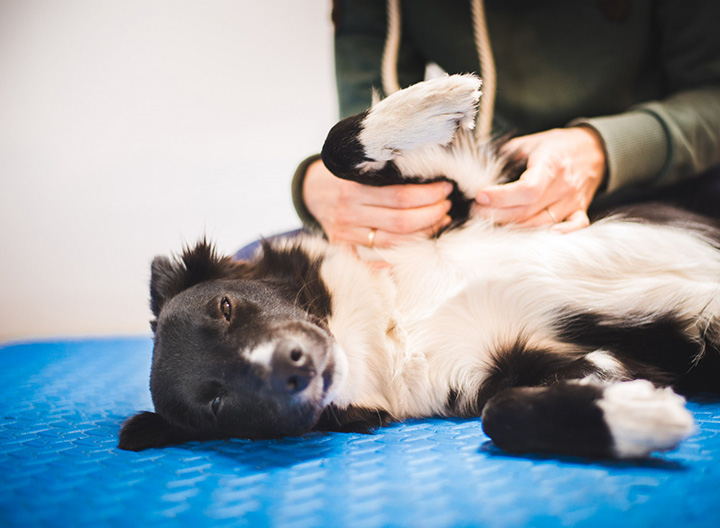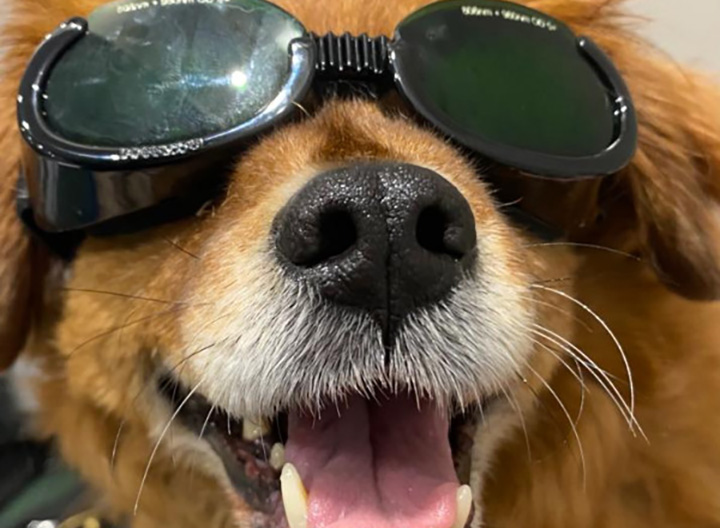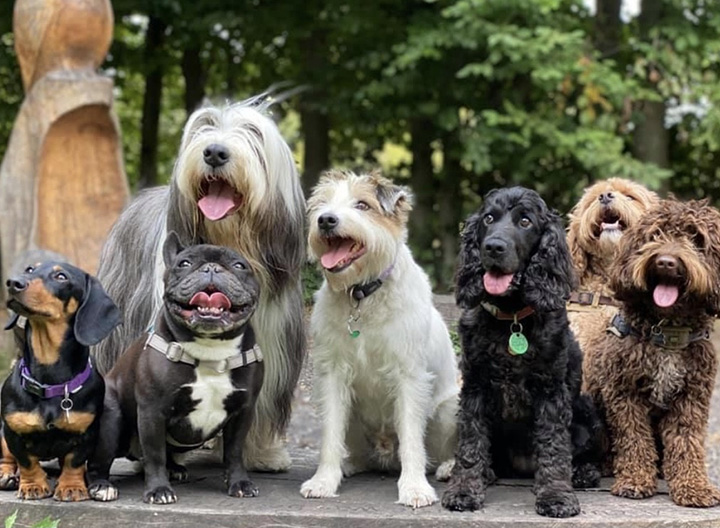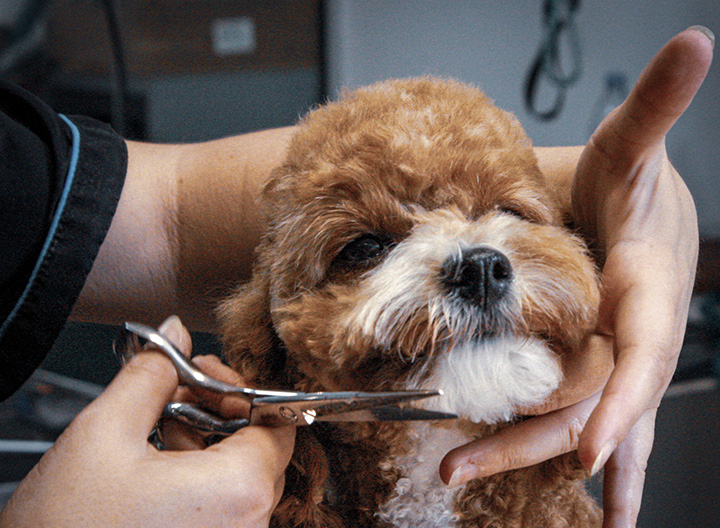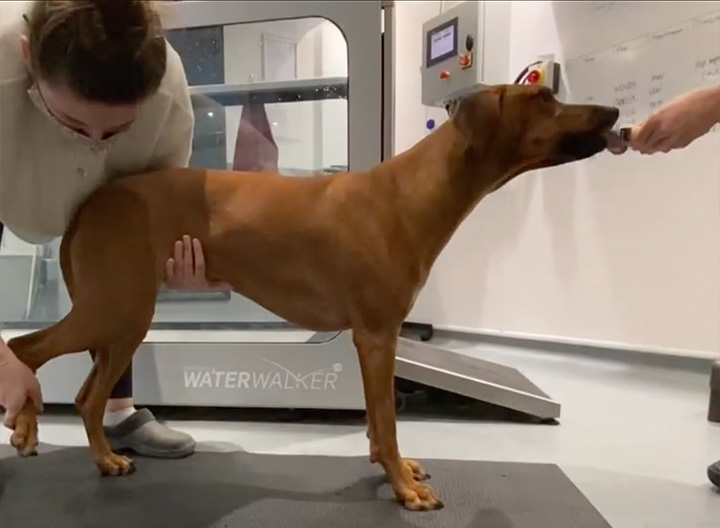Harness the way forward with your dog.
Choosing to walk you dog in a harness is great decision for a couple of reasons:-
* Safety- much more difficult to escape and more secure if a part should fail
* Compassionate – if the dog is to pull or yank; the compression on the neck (spinal column too!) is removed
No harness or head collar is truly non pull; they are in fact training devices to help you and your dog. The dog has no idea that it’s a new “way” to walk and therefore you must put in time & effort to show them what you would like them to do. Dogs have so many different ways they learn and we would never purport ourselves to be dog trainers so if you want some assistance with loose lead walking; speak to a trainer, have a look on YouTube.
Types of harness. There are 2 main types and then variants with these types.
-
Norwegian Harness
-
Y/H Harness
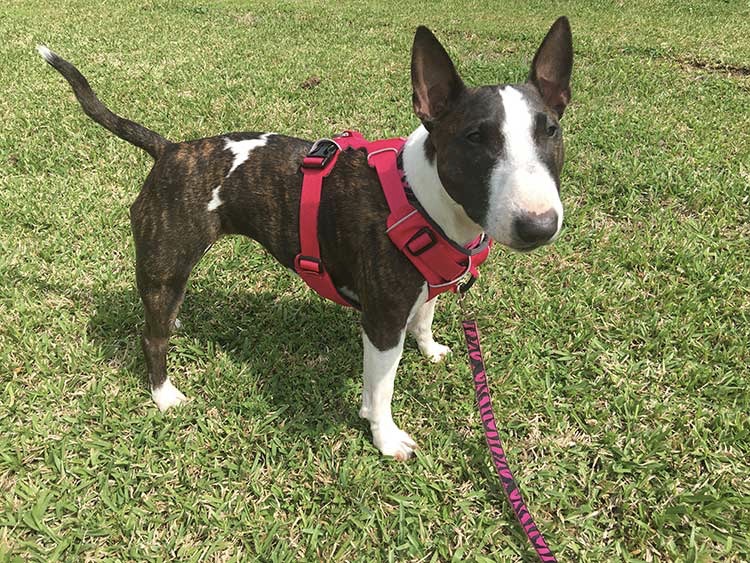
You should always be looking for a harness that does not constrict or limit any natural movement, even more so if you are aware that your dog has any orthopaedic conditions.
Norwegian harness aka Julius K9 have become extremely popular however these would be wrong choice as the straps press on and goes over the top of the shoulder and the muscles. Therefore, limiting the movement of your dog
Y/H harness such as Ruffwear and Perfect-fit allow much better natural movement which is obviously the better choice.
There are many ways the straps of a harness can restrict the movement, change the natural posture or gait of the dog and cause rubbing/chafing. You want to be sure that the harness is comfortable all around so your dog can freely enjoy your time outside.
• Shoulders: should be clear of harness/straps so the dog can move freely. Remember that no straps should go over the muscles but instead around the shoulder blade.
• Chest Bone: the chest bone is the spikey bone you can easily feel on the dog’s chest. You want the middle of the harness across bone.
• Armpits: leaving room behind the front legs allows the dog to move their legs freely while you also don’t want the straps to be too far back, putting pressure on soft tissue.
• Between the Front Legs: be sure that the chest piece isn’t too wide between the front legs and is not chafing the inside of the front legs.
Many clients explain the reasons and choices they’ve made for their harness; be it the look & feel, how easy it is to put on, friends/family have suggested the type; however the purpose of the harness is help improve the quality of life for our beloved pets and to make sure you and your dog are having fun when walking together.
So have a look at your dog in their harness; is it rubbing, is it tight under the armpits, are they are restricted? it means it’s not right and time for you to go shopping!
Everything stated here is based on our unbiased opinion, lots of experience and logic :-)
-
Previous
-
Next

